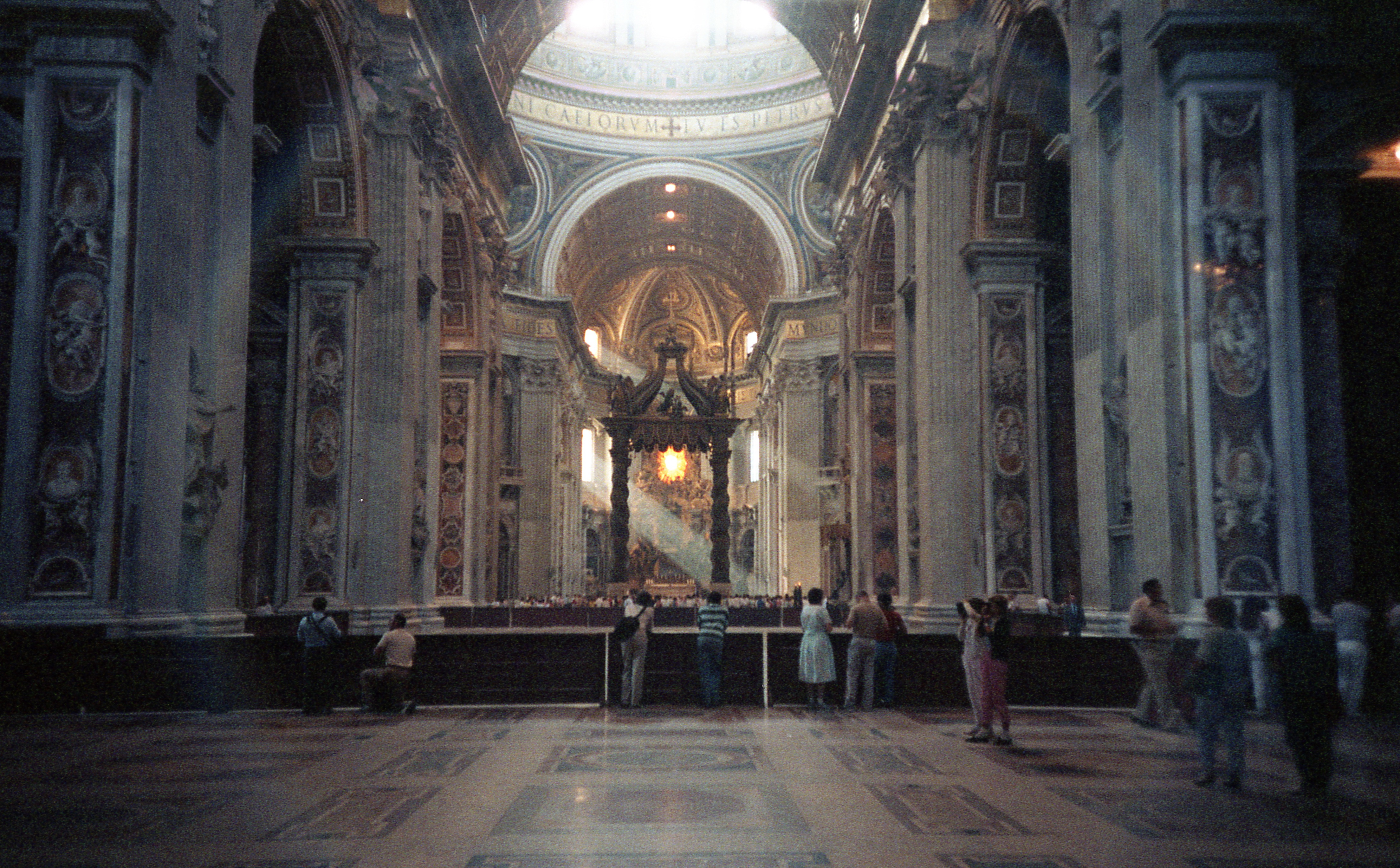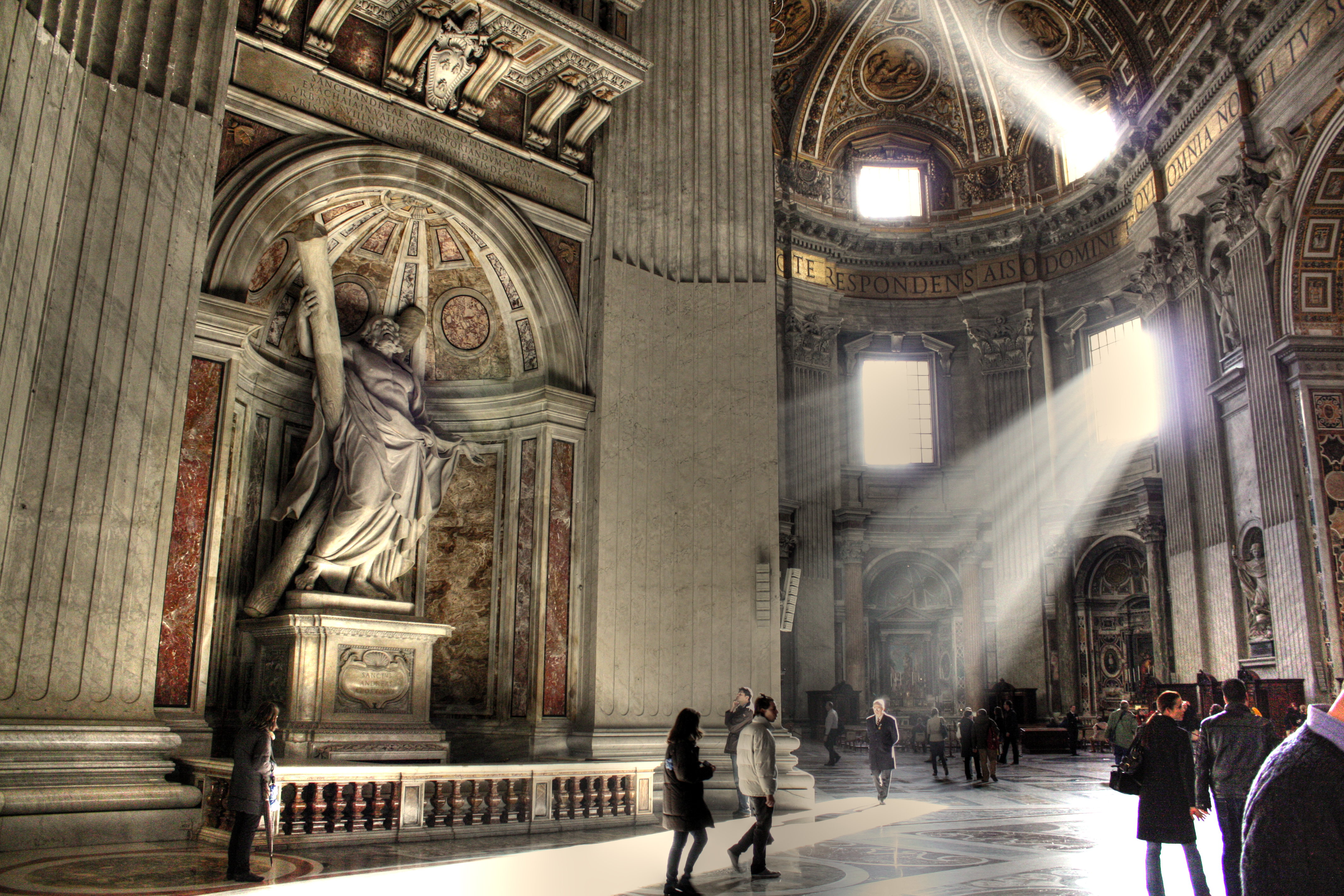Compiled by: Monique Cloe
Renaissance architecture is the period between the early 15th and early 17th centuries in different regions of Europe. It demonstrated a conscious revival and development of certain elements of ancient Greek and Roman thought and material culture. Stylistically, Renaissance architecture followed Gothic architecture and was succeeded by Baroque architecture. Developed first in Florence, with Filippo Brunelleschi as one of its innovators, the Renaissance style quickly spread to other Italian cities (Metropolitan Museum of Art, 2002). The style was carried to France, Germany, England, Russia and other parts of Europe at different dates and with varying degrees of impact.
Renaissance style places emphasis on symmetry, proportion, geometry and the regularity of parts as they are demonstrated in the architecture of classical antiquity and in particular ancient Roman architecture, of which many examples remained. “Orderly arrangements of columns, pilasters and lintels, as well as the use of semicircular arches, hemispherical domes, niches and aedicules (small shrine) replaced the more complex proportional systems and irregular profiles of medieval buildings” (Encyclopedia Britannica, 2014).
As in the Classical period, proportion was the most important factor of beauty; Renaissance architects found a harmony between human proportions and buildings. This concern for proportion resulted in clear, easily comprehended space and mass, which distinguishes the Renaissance style from the more complex Gothic (Encyclopedia Britannica, 2014). The style of the Late Renaissance (1520–1600), was characterized by sophistication, complexity, and novelty rather than the harmony, clarity, and repose of the High Renaissance.
One of the most admired establishments to come out of this period is the Vatican City’s St. Peter’s Basilica. St. Peter’s Basilica is a Late Renaissance church located within Vatican City. Designed principally by Donato Bramante, Michelangelo, Carlo Maderno and Gian Lorenzo Bernini, St. Peter’s is the most renowned work of Renaissance architecture and remains one of the largest churches in the world (Encyclopedia Britannica, 2014). While it is neither the mother church of the Catholic Church nor the Catholic Roman Rite cathedral of the Diocese of Rome, St. Peter’s is regarded as one of the holiest Catholic sites. It has been described as “holding a unique position in the Christian world” and as “the greatest of all churches of Christendom”(Encyclopedia Britannica, 2014).
By Catholic tradition, the basilica is the burial site of its namesake Saint Peter, one of the twelve apostles of Jesus and, also according to tradition, the first Pope and Bishop of Rome. Tradition and strong historical evidence hold that Saint Peter’s tomb is directly below the altar of the basilica (Metropolitan Museum of Art, 2002). For this reason, many Popes have been interred at St. Peter’s since the Early Christian period. There has been a church on this site since the time of the Roman Emperor Constantine the Great. Construction of the present basilica, replacing the Old St. Peter’s Basilica of the 4th century AD, began on 18 April 1506 and was completed on 18 November 1626 (Encyclopedia Britannica, 2014).
St. Peter’s is famous as a place of pilgrimage, for its liturgical functions. Because of its location in the Vatican, the Pope presides at a number of services throughout the year, drawing audiences of 15,000 to over 80,000 people, either within the Vatican Basilica, or in St. Peter’s Square. St. Peter’s has many strong historical associations, with the Early Christian church, the papacy, the Protestant Reformation and Counter-reformation, and with numerous artists, most significantly Michelangelo (Encyclopedia Britannica, 2014). As a work of architecture, it is regarded as the greatest building of its age. St. Peter’s is one of the four churches of Rome that hold the rank of Major Basilica (Metropolitan Museum of Art, 2002). Contrary to popular misconception, it is not a cathedral as it is not the seat of a bishop; the cathedra of the Pope (as Bishop of Rome) is located in the Archbasilica of St. John Lateran.
Here is a link to a virtual tour of the basilica: http://www.vatican.va/various/basiliche/san_pietro/vr_tour/index-en.html

St. Peter’s Basilica, Rome (150370)
by Robert Linsdell, used under CC BY

St. Peter’s Basilica
by Mustafa Aydinol, used under CC BY-ND
“Renaissance architecture.” Encyclopaedia Britannica. Encyclopaedia Britannica Online Academic Edition. Encyclopædia Britannica Inc., 2014. Web. 13 Apr. 2014. <http://www.britannica.com/EBchecked/topic/1384942/Renaissance-architecture>.
Department of European Paintings. “Heilbrunn Timeline of Art History.” Architecture in Renaissance Italy. The Metropolitan Museum of Art, 2002. Web. 15 Apr. 2014.